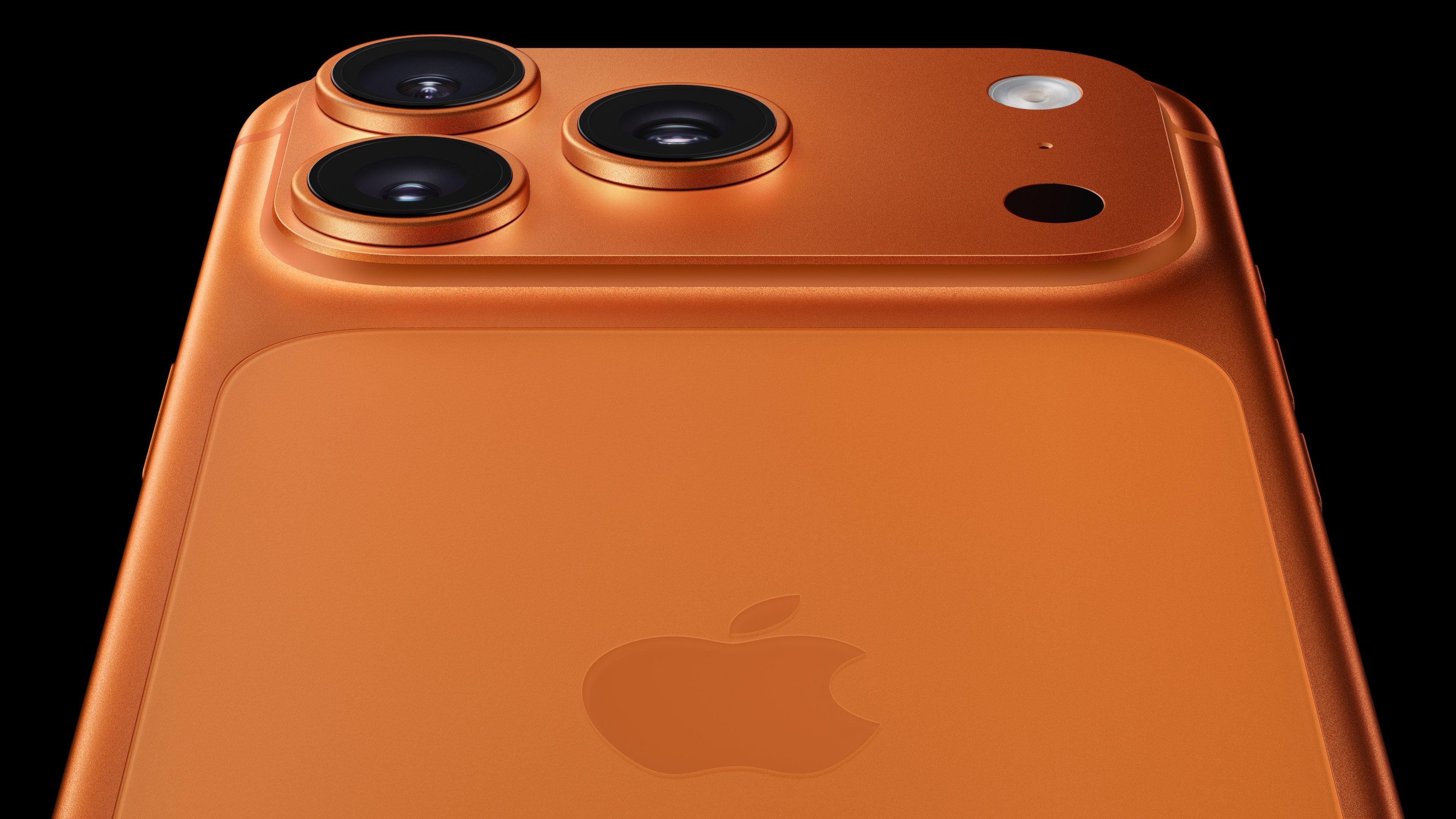The PC industry is starting to show signs of stagnation, resulting from the dramatic rise of smartphones and tablets. Last year, it took the assault of nearly 830 million mobile computing devices to drive PC sales down 3.5% -- the first annual decline in over 12 years. This data suggests that the PC is perhaps beginning to look a little long in the tooth for consumers who continue to shift their electronic spending towards mobile computing devices. Microsoft's (MSFT 1.02%) touch-friendly Windows 8 has yet to excite consumers largely because touch-enabled laptops remain in limited supply. According to NPD, last year's Black Friday sales of touch-enabled laptops only accounted for 3% of laptop sales. Given this apparent supply constrain, it's no wonder the PC has underwhelmed the consumer in the age of touch-enabled smartphones and tablets.
However, in the coming years, the PC will evolve to become more like the tablet in terms of portability and features, but will still stay true to its PC roots, grounded in productivity. When it's all said and done, the PC should theoretically give the tablet a run for its money.

Source: Lenovo.
When worlds collide
If the PC and the tablet had a baby, it'd look something like the Lenovo (LNVGY +0.00%) ThinkPad Helix pictured above. Not only does this hybrid Ultrabook device feature full-blown Windows 8 and the option for a powerful Intel (INTC 4.30%) Core i7 Processor, the screen can detach itself from the keyboard so it can operate as a fully functional 11.6-inch tablet. In terms of battery life, the Helix is expected to get in the neighborhood of 10 hours of life between charges. Starting out at a price of $1,499, the convergence of two devices won't come cheap. As always with cutting-edge PC designs, it will take a few years for the price of hybrid devices to become less burdensome on the wallet. If you need assurance, take a look at the Ultrabook’s price trajectory over the years. When first released in 2011, the average Ultrabook would fetch $999, but now a lower-end Ultrabook could be had for $599.
The toaster and the fridge
When two products are combined to make a device that’s intended to be better than the sum of its parts, skepticism arises. When Apple (AAPL +0.04%) CEO Tim Cook called the hybrid laptop the equivalent of combining a toaster and refrigerator, it sounded the alarm bells. Cook's thinking here is that devices that are forced to converge make too many compromises, which ultimately hurts the user experience. Apple has taken the stance that it won't be converging elements of its iPad with its Macbook line of computers.
I believe that PC makers will eventually be able to successfully marry the PC and tablet in perfect form. It's going to take trial and error, but products like the Helix give the PC industry hope that the future of PC computing isn't going to be a complete blackout.
A major catalyst
Intel's Haswell, the successor to its Ivy Bridge line of processors, is expected to be making its way into Ultrabooks later this year, and should give PC makers the necessary tools to bring on an evolutionary change in PC computing. The biggest advancements to come from Haswell will be in the form of battery life and thinner designs, two areas where the PC has lagged behind the tablet. Ultrabooks equipped with Haswell are expected to get about 13-hour battery life, which will mark Intel’s personal best record of improving battery life from a single generation.
A shot in the arm
For the time being, the PC isn’t going to compete on price against the tablet, but it may begin to show the world that a major overhaul to becoming more mobile is underway, which could translate into improved reception down the road. Looking longer term, it largely depends on how the PC industry can offer compelling alternatives to tablets for the right price. Since there’s so much riding on PC makers to get it right, I think it’s just a matter of time for it to happen, and Intel Haswell seems to be the first step for PC makers to one-up the tablet industry.
When the dust settles, there’s likely a high utility for an 11-inch hybrid Ultrabook since it offers the convenience of the tablet and the productivity of the PC in one device. It’s entirely possible that such a device has the potential to threaten the 10-inch tablet's existence. Perhaps it's the 7-inch tablet and the 11-inch hybrid that go on to become the future face of mobile computing.






